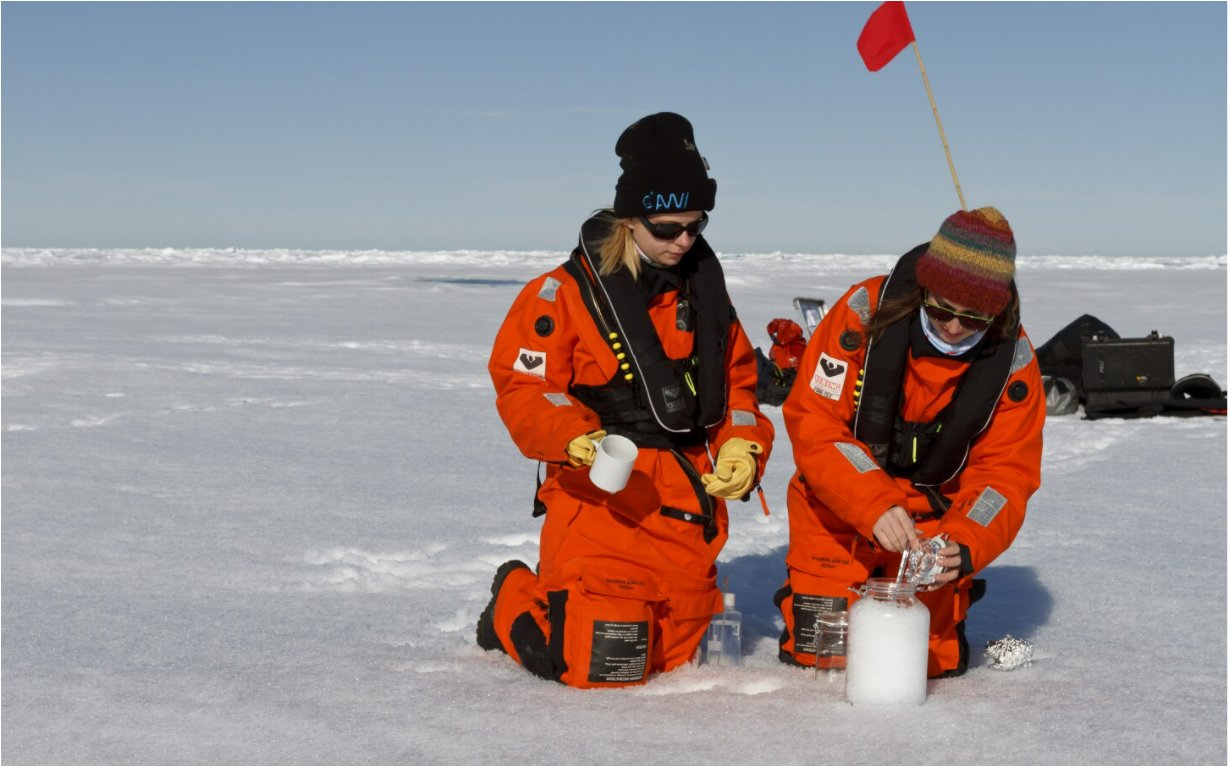
According to a study published Thursday in the journal Scientific Reports, the high levels of microplastics found throughout the Arctic Ocean appear to be coming from European rivers. While previous research has confirmed the presence of microplastic particles in the Arctic Ocean, the origins of these particles have remained unknown.
Findings of Research:
Researchers used ocean current models from 2007 to 2017 to track the aquatic path of microplastic particles found in the Arctic Ocean. They combined ocean current models with simulations of floating microplastic movements.
The researchers used this method to simulate the release of microplastics from 21 major rivers in northern Europe and the Arctic. The simulation simulated the movement of microplastics over decades.
The researchers then compared the simulation results to seawater samples collected in 2017 and 2018 from sites off Norway's west coast.
Microplastic particles found in the seawater samples were consistent with the researcher's simulation, supporting the theory of European origins.
Microplastics are formed when discarded plastic fragments break down into smaller and smaller pieces that cannot be cleaned or contained.
The effects of microplastics on ecosystems and living beings are unknown, but their increasing concentrations in waters around the world have prompted scientists to conduct more research.
According to a study published in Nature, nearly 400 million tonnes of plastic are produced each year, and this figure is expected to double by 2050.
"This circulation of extremely durable, floating plastic through regional Arctic ecosystems may have far-reaching consequences, such as ingestion by invertebrates, fish, birds, and mammals – inducing a wide range of detrimental physiological responses," the researchers wrote in their paper.
















